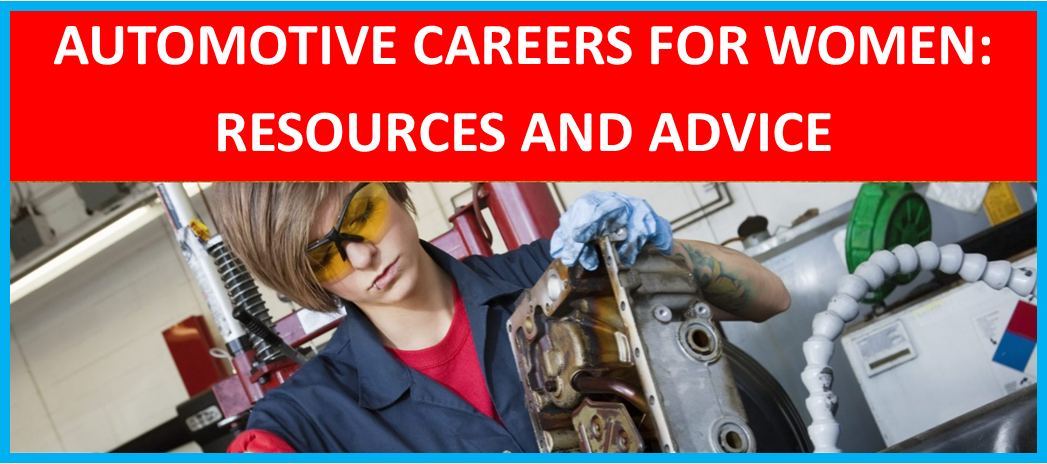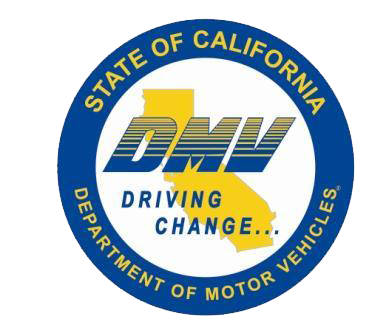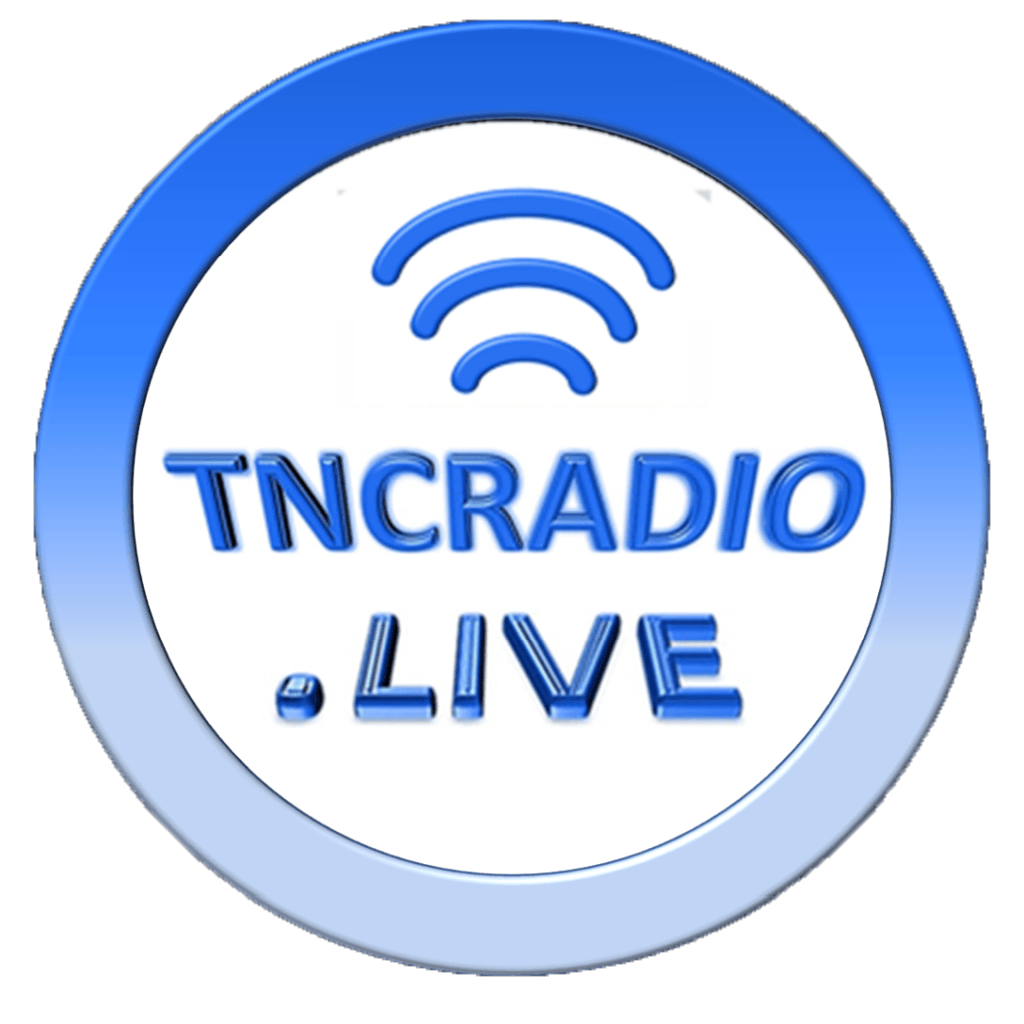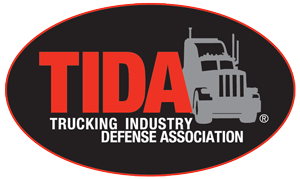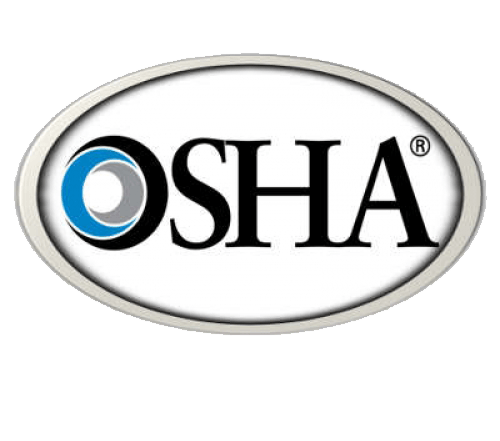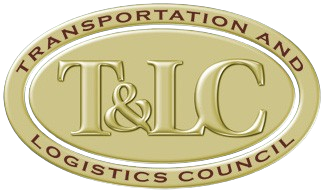WE ARE LEADERS IN COMMERCIAL TRUCK INSURANCE SOLUTIONS
Semi-Truck Physical Damage Insurance
in partnership with
Below is our complete guide to semi-truck physical damage insurance. We cover the different types, what is normally covered, how much it costs, and more.
Table of Contents
While not legally required, most semi-truck owners will want to purchase physical damage insurance to protect their vehicles.
However, selecting the right policy isn’t always easy. There are multiple types of coverage and a long list of endorsements that truck owners need to navigate to make sure they have adequate protection.
Below is our complete guide to semi-truck physical damage insurance. We cover the different types, what is normally covered, how much it costs, and more.
For those just looking for a list of top companies, here are a few of our favorites.
By clicking “Get Quote” or calling you will go to one of our insurance partners. The providers above may not be one of the providers in their network at this time.
What Is Physical Damage Insurance?
Physical damage insurance covers the repair or replacement of an owned vehicle in the event of a covered incident. The two most popular types of physical damage coverage are collision, which covers most road-related incidents, and comprehensive, which covers most other incidents.
Physical damage insurance does not cover third-party property or personal injuries of any kind.
While coverage is not required by law, it may be required by a lender when a truck purchase is financed. Lenders will provide a list of required coverage types and amounts.
Even when not required, coverage is still recommended. According to the FMCSA, nearly 415,000 large truck collisions occurred in 2020. The cost of repair for collision damage (and business losses while repairs are completed) can be higher than most businesses can weather. Physical damage insurance helps to cover these costs and also protects against non-collision damage risks such as theft or vandalism.
Without insurance coverage, the costs of vehicle repair and lost business fall solely on the truck owner. Many business owners lack the savings necessary to cover these losses and without adequate coverage, a truck collision or theft can be a business-ending event.
Who Needs Physical Damage Insurance Coverage?
Physical damage insurance covers specific commercial vehicles, including semi-trucks and trailers, and is usually purchased by the owner of the vehicles.
Policy-holders can fall into one of these three categories:
- For-Hire Motor Carriers – Trucking companies that own a fleet of vehicles. Motor carriers that exclusively work with owner operators will not need to purchase physical damage coverage.
- Owner Operators – These businesses are responsible for insuring their vehicles against physical damage. Owner operators who lease onto a motor carrier will receive primary liability insurance coverage through the motor carrier but will need to provide their own physical damage insurance.
- Private Carriers – Defined by FMCSA as someone transporting their own cargo. Private carriers will insure the owned vehicles in their fleet.
Is Physical Damage Insurance Required by Law?
No, physical damage insurance is not required by law.
However, other forms of insurance are required. For instance, public liability insurance is mandated by the Federal Motor Carrier Safety Administration (FMCSA). Public liability insurance covers bodily injury, damage to property, and environmental restoration for third parties. The amount of required coverage depends on what is being transported but coverage requirements range from $750,000 to $5 million.
The FMCSA also requires household goods motor carriers to file proof of cargo insurance. Minimum coverage is $5,000 per vehicle and $10,000 per occurrence.
What Does Physical Damage Insurance Cover?
Physical damage insurance covers the cost of repairing or replacing a named truck and trailer after a covered incident. In the event the truck is totaled, the insurance pays out the actual cash value (ACV) for the vehicle.
What Does Physical Damage Insurance Not Cover?
Physical damage insurance does not protect against all risks. The following items are not covered by most policies:
- General Wear and Tear. If vehicle parts wear out, such as brake pads, the replacement of those parts is not covered.
- Medical Expenses. Whether for the driver, passenger, or third parties, medical expenses are not covered.
- Lawsuit Fees. Legal fees in the event of a lawsuit are not covered.
- Personal Property. While coverage protects the truck and trailer, it does not protect any personal property inside the truck. Coverage for personal belongings can be added as an endorsement on some policies.
- Damage To Other Vehicles. Because this type of insurance only covers the truck and trailer, damage caused to other vehicles is not covered. Primary liability insurance is required to cover damage to third parties.
- Cargo. Physical damage coverage does not protect against cargo losses.
How Much Does Physical Damage Insurance Cost for a Semi-Truck?
Physical damage insurance premiums are based on the value of the vehicle, with monthly premiums typically ranging between 2.5-5% of the vehicle’s value.
However, exact figures will vary based on several factors.
Best Non-Trucking Liability & Physical Damage Insurance Companies
Choosing the right insurance coverage is an important decision with a lot of variables to consider so it is a good idea to get several quotes and carefully compare coverage and pricing before making a decision.
By clicking “Get Quote” or calling you will go to one of our insurance partners. The providers above may not be one of the providers in their network at this time.
FAQs
Is physical damage the same as full coverage?
No, physical damage is not the same as full coverage. Full coverage refers to a combination of policies that covers damage to a truck or trailer, the driver, and business liabilities. Physical damage only covers damage to the truck and trailer. Other damage, such as to third-party vehicles or cargo, is not covered.
Is physical damage the same as liability insurance?
No, physical damage and primary liability are two different types of coverage. Primary liability insurance is legally required and covers damage to third parties and their property. Physical damage coverage is not legally required as it only protects owned trucks and trailers.
What are the two types of physical damage insurance?
Collision and comprehensive are the two most common types of coverage. As the name implies, collision coverage protects against damage to a truck or trailer caused by a collision. Comprehensive coverage, on the other hand, covers damage caused by something other than a collision, such as theft or vandalism.





